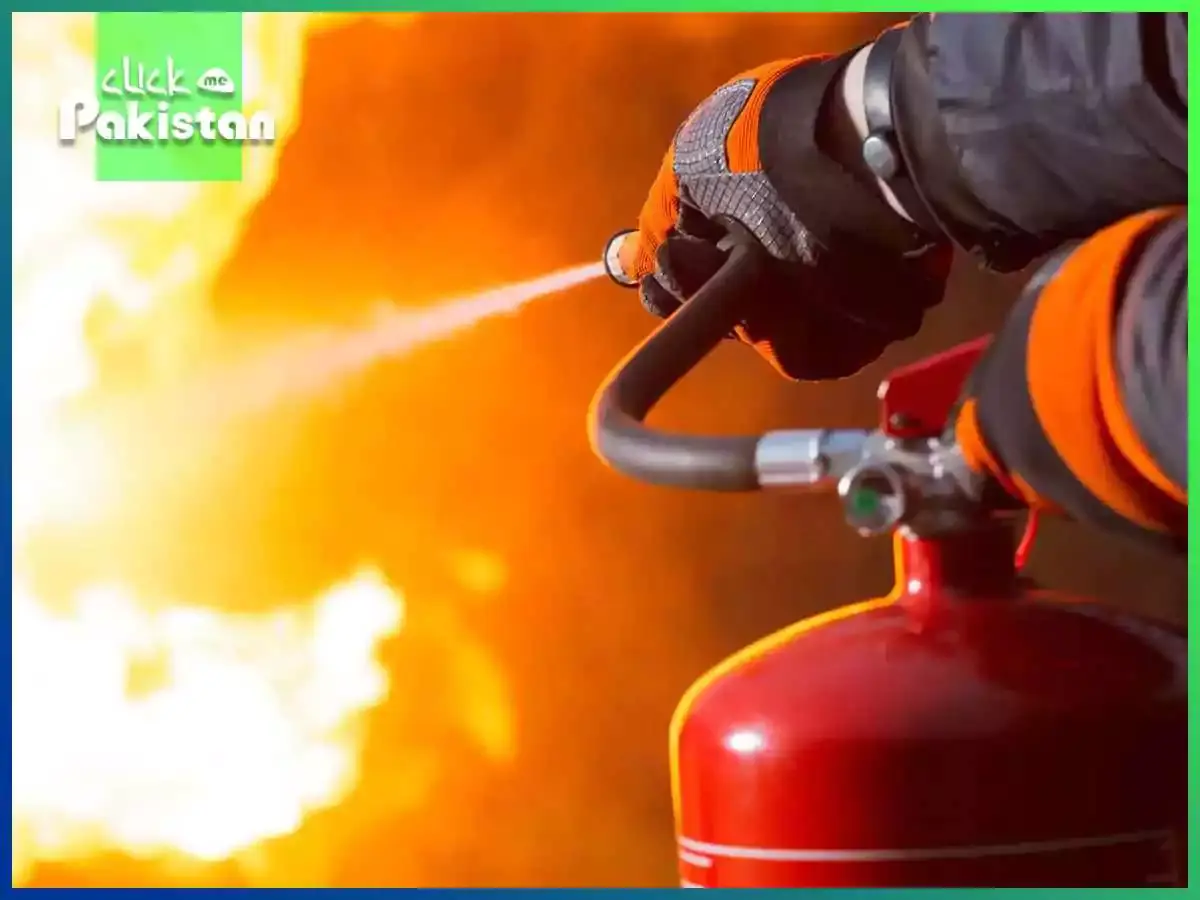Introduction
In 2022, almost 1,504,500 fires resulted in 3,790 civilian deaths and 13,250 injuries. In addition, there were many fighter deaths. Annually, the number one cause of death in the workplace is because of fire hazards and the various risks looming around it. This number has reached significantly over the past few years because of many reasons but number one is the lack of awareness and proper education regarding grave concerns like fire safety.
In this blog, we’ll be talking about fire safety and why it’s important. Other than that, we’ll be discussing the various hazards, challenges, and preventative measures that are involved in it.
Fire Safety: Beyond Common Knowledge
When we talk about fire safety, we refer to the set of precautions, procedures, and measures taken to prevent fires. These days fire safety is a big concern. The number leading cause of death is fire from stoves or ovens, or gas explosion in a building, etc. All of these things lead to a sudden eruption and a massive fire can break out from this. According to the Regulatory Reform Order 2005, organizations and companies must have a risk assessment in case there are any fire hazards.
Causes Of Fire Safety

Fire hazards can be of many types depending on their origin, nature, and potential to cause fire. These include;
1. Combustible Materials
- These include items that can easily catch fire. These can easily fuel a fire.
- Lighting up paper, wood, textiles, plastics, and flammable liquids like alcohol.
2. Electrical Hazards
- These include faulty wiring, overloaded circuits, damaged electrical cords, and malfunctioning electrical fires.
3. Heat Sources
- Open flames from candles, matches, lighters, or cooking types of equipment.
- Hot surfaces like ovens, stoves, heaters, and machinery pose serious threats and are fire hazards.
4. Chemical Hazards
- Flammable substances, reactive substances, and chemicals that emit flammable vapors or gases that can ignite or cause fire and ignite fire explosions
5. Human Factors
- Human errors like negligence, unsafe behavior, and materials that emit flammable vapors and gases. This can ignite and can cause fires.
- Although these are common human errors if go unchecked then they can lead to huge losses and major explosions.
6. Smoking Materials
- Improperly discarded cigarettes, cigars, or smoking materials.
- These materials can ignite combustible materials and inflammable substances which leads to fire
7. Smoking
- This might seem like a very menial cause but smoking is one of the leading causes of forest fires and household fires.
- Careless smoking or improperly extinguished cigarettes can ignite fires.
8. Candles And Open Flames
- This refers to the manhandling of candles lanterns etc. This causes fire, especially on occasions like Eid, Diwali, and other festivals where handling and mismanagement of these candles can lead to fire explosions and multiple deaths eventually.
9. Cooking Systems
- Unattended cooking, BBQ equipment, and misuse of kitchen appliances can lead to kitchen fires.
10. Appliances And Machinery Malfunctions
- Poorly maintained or malfunctioning appliances, industrial equipment, and machinery can generate sparks or excessive heat leading to fires.
These are some of the prominent causes of fire safety. These causes are extremely hazardous and are unfortunately prevalent in many industries. From household fires to industrial fire incidents- there needs to be an implementation of preventive measures.
Preventative Measures To Combat Fire Hazards

1. Assess Your Surrounding
This step is very important. In this step, asses and look around your surrounding. Check the things that are likely to give an afire explosion, this includes stoves, ovens, microwaves, and more. In an industrial setting, check out the different machines that are likely to explode.
2. Education Awareness
This includes educating people around you about safety protocols. This can be done via various safety courses. It is hence, essentially important to educate the masses about fire safety and regulations.
3. Install Smoke Alarms
Installing smoke alarms is also essential. These alarms are a key part of a home fire escape plan providing early warning to reduce risks of dying. Many deaths at homes occur because of the unavailability of smoke alarms.
4. Create An Evacuation Plan
Develop a detailed escape plan with clear evacuation routes and meeting points. In organisations, plan out daily drills to ensure everyone knows what to do in case of an emergency.
5. Use Fire Extinguishers
Learn how to use fire extinguishers and ensure that they are readily available at every office and workplace.
6. Stay Calm During Emergencies
When in a do-or-die situation, remember to stay calm and composed. Make sure to help others out as well. Hide under low surfaces and cover your mouth with a cloth to avoid inhaling smoke.
7. Call Emergency Services
Call the fire department or emergency services as soon as possible to minimise fatalities and to evacuate everyone safely.
Repercussions Of Neglecting Fire Safety
Neglecting fire safety can lead to several significant repercussions, endangering the lives, property, and the surrounding environment.
1. Loss Of Life
One of the most severe consequences of neglecting fire safety is the high potential to lose human life. Fires can spread rapidly and cause injuries and fatalities to occupants who may not have adequate escape routes or awareness regarding fire safety.
2. Injuries And Health Impacts
Neglecting fire safety measures can result in severe burns, smoke inhalation, respiratory issues, and other injuries to individuals caught in fire.
3. Property Damage
Fires can cause extensive damage to buildings, homes, and belongings. This also leads to the financial loss as well
4. Displacement And Homelessness
Extreme fires can render homes inhabitable and force people to find temporary shelter or relocate permanently.
5. Environmental Impact
Large fires can release toxins and pollutants into the air which affect adversely on health and the environment. It releases toxic chemicals like carbon dioxide and other toxic materials that can contribute to ecological imbalances. Every year, forest fires release extremely harmful chemicals that result in acid rain.
6. Emotional Trauma
Survivors of fires suffer the most. They experience anxiety, PTSD, and fear.
7. Impact On Communities
Fires caused by neglecting fire safety measures can disrupt entire communities. Many people lose their homes, and their family members to human life. This leaves a lasting impact on people and communities.
Conclusion
Furthermore, Fire safety is about understanding different types of hazards and mitigating risks that are looming constantly. These risks are very common and their early identification can save lives. Remember, prevention is better than cure!
Read our Article: Methods for health and safety inspection









